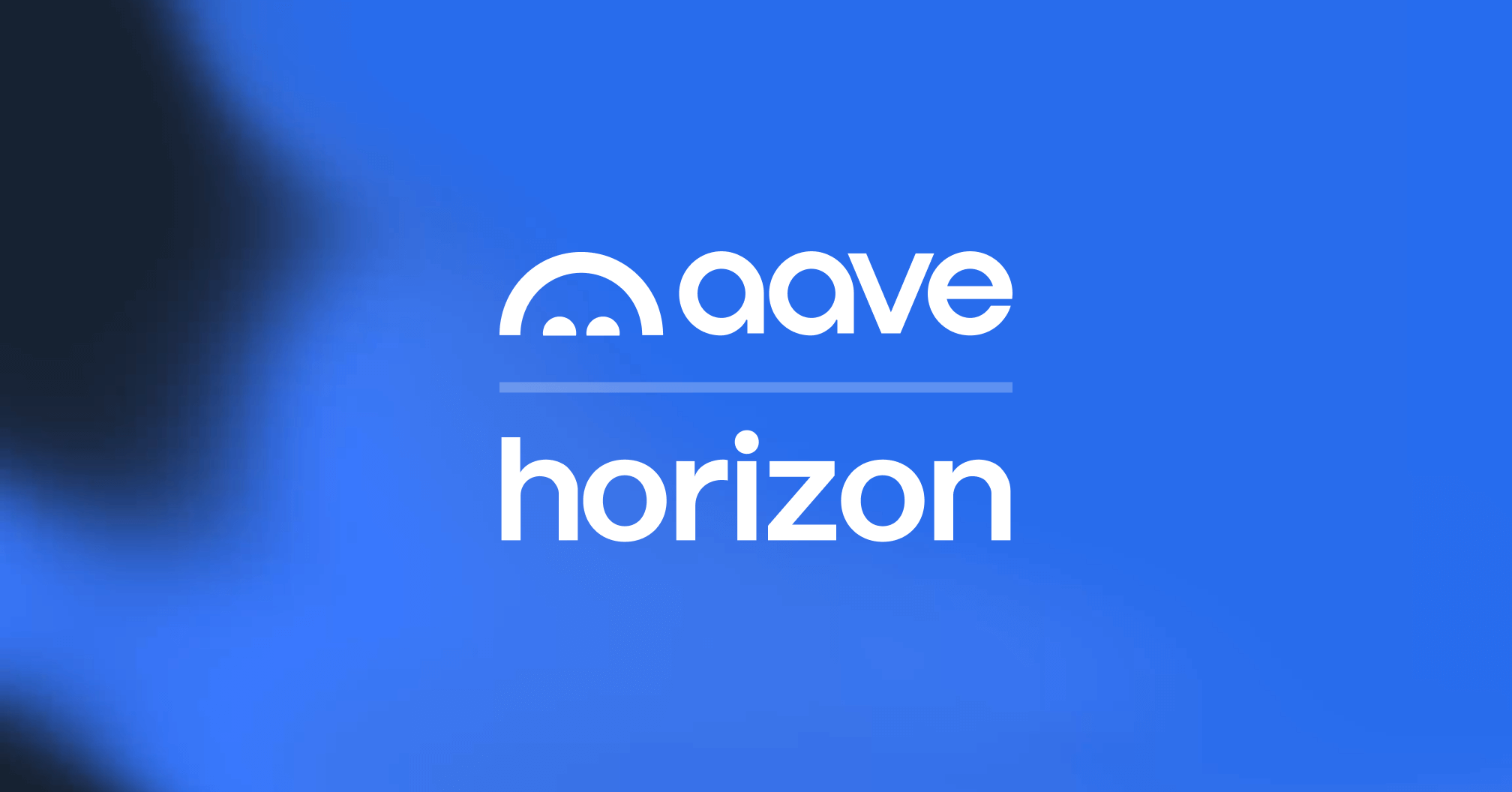Research

Introducing the Aave Slope2 Risk Oracle
A mechanism for dynamic risk adjustments that adapts to real-market conditions. Now live across Aave v3 markets, with initial collateral coverage USDC, USDT, USDe, and wETH on Ethereum Core and Linea, and a full rollout path under our Risk Steward framework.
Omer Goldberg

frxUSD Token Review
Between the 14th and 30th of August 2025, Chaos Labs conducted a risk assessment of frxUSD, a fiat-redeemable, fully collateralized stablecoin issued by the Frax Finance Protocol.
Omer Goldberg

Institutional RWA: Powering Risk Infrastructure for Horizon
Chaos Labs is collaborating with Aave Labs to build the risk infrastructure for Horizon, an institutional DeFi platform that unlocks stablecoin liquidity for tokenized assets such as money market funds and U.S. Treasuries.
Omer Goldberg

DeFi Rate Swaps: Building Risk Infrastructure for Pendle Boros
We worked with the Pendle team on Boros, a new DeFi primitive that brings funding rate trading onchain with leverage and capital efficiency. Funding rates have never been tradeable in DeFi, requiring us to develop novel risk management systems tailored to an entirely new market structure.
Omer Goldberg

Risk Oracles: Real-Time Risk Management for DeFi
Risk oracles represent the natural evolution of oracle infrastructure, combining our expertise in risk management with protocol-level automation.
Omer Goldberg

The Modern Role of Crypto Oracles: From Price Messengers to Intelligent Feeds
The recent oracle incident involving the deUSD Euler market reignited a critical debate: What’s the purpose of an oracle, and where should its responsibilities begin and end?
Omer Goldberg

Introducing Pendle PT Risk Oracle
Chaos Labs has developed the Principal Token Risk Oracle, a purpose-built framework that reimagines how PTs are priced and risk-managed in DeFi protocols such as Aave. This unlocks a new paradigm of capital-efficient, resilient lending infrastructure.
Omer Goldberg

Chaos Labs Smart Value Recapture (SVR) Monitoring Platform
Chaos Labs is pleased to announce the launch of the Smart Value Recapture (SVR) monitoring platform, enabling granular monitoring of SVR liquidation performance within the Aave Protocol.
Omer Goldberg

Ethena Integrates Chaos Proof of Reserves
Ethena has officially integrated Chaos Proof of Reserves (PoR). With this integration, reliable, independent reserve verification is now live for USDe, providing a higher-frequency, programmatic alternative to traditional attestations.
Omer Goldberg

Trusting Trust in the Age of AI
While resources are heavily invested in improving frontier models and optimizing prompts, the true challenge lies in how AI systems retrieve and rank information. Chaos Labs identifies the greatest risk in AI-generated misinformation infiltrating the data pipeline. If AI agents are unknowingly trained on manipulated or sybilled content, it becomes nearly impossible to trust their outputs. This vulnerability is exacerbated by unreliable document ranking systems, which prioritize popularity and commercial interests over accuracy. The Dead Internet Theory, which warns of a future where human-created content is drowned out by machine-generated noise, serves as a chilling reminder of what’s at stake if these systems are not carefully safeguarded.
Omer Goldberg